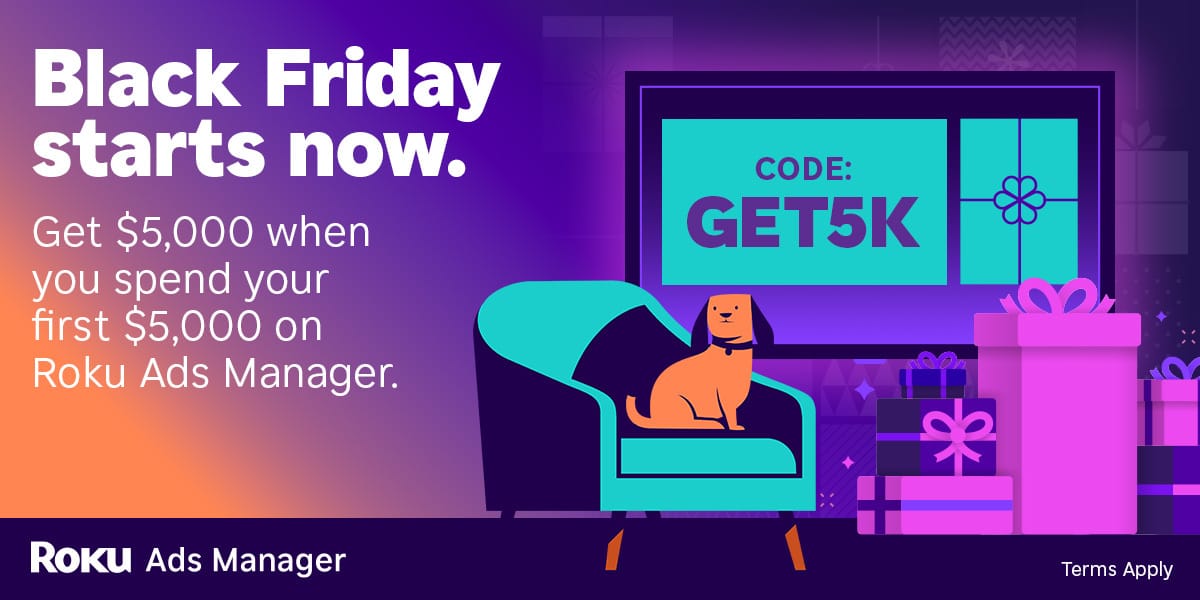- The GTM Guild
- Posts
- The Humble Sender: Why Ego Kills Cold Outreach (Even After 1000 Emails)
The Humble Sender: Why Ego Kills Cold Outreach (Even After 1000 Emails)
How staying grounded keeps your outreach human, your responses higher, and your reputation intact.
Cold outreach is a long game.
You write, send, track, and tweak — often hundreds or even thousands of emails deep. Over time, a pattern emerges. Some messages hit, most don’t. You start collecting small wins, building sequences that finally perform. Before long, you begin to feel like you’ve cracked the code.
But here’s the truth: success in cold emailing doesn’t mean you’ve mastered persuasion. It just means you’ve mastered a system.
And systems don’t build relationships — people do.
CTV ads made easy: Black Friday edition
As with any digital ad campaign, the important thing is to reach streaming audiences who will convert. Roku’s self-service Ads Manager stands ready with powerful segmentation and targeting — plus creative upscaling tools that transform existing assets into CTV-ready video ads. Bonus: we’re gifting you $5K in ad credits when you spend your first $5K on Roku Ads Manager. Just sign up and use code GET5K. Terms apply.
The Subtle Ego Trap in Outreach
After sending hundreds of emails, it’s easy to assume you’ve figured out what works. But that assumption is the first step toward decline.
Arrogance in outreach doesn’t appear as overconfidence; it appears as assumption. You stop testing new ideas, stop reading the tone of replies, and start believing one good template can fit every inbox.
Here’s what that looks like in practice:
You assume your message fits every prospect.
You assume your offer is valuable to everyone.
You assume automation can replace empathy.
The moment you stop observing and start assuming, your results quietly drop. The best senders are humble — not because they doubt themselves, but because they know every conversation is different.
The Psychology of Humble Outreach
Humility in outreach doesn’t mean underselling yourself. It means staying curious and self-aware enough to realize every reader is a new person with their own priorities.
Think about it this way: no matter how many emails you’ve sent, the person opening this one doesn’t care about your metrics or experience. They care about one thing —
“Why should I listen to you?”
A humble outreach approach focuses on earning attention, not demanding it. It trades confidence for connection.
You can see it in the little things:
You personalize because you actually care, not because a CRM field demands it.
You follow up with context, not copy-paste persistence.
You ask thoughtful questions instead of pitching features.
That mindset shift changes everything.
Step 1: Stay Curious, Not Certain
The best cold emails come from curiosity, not confidence.
Instead of declaring, “Our product will revolutionize your workflow,” ask, “Have you ever faced [specific pain point] when scaling your workflow?”
This subtle shift transforms your tone from telling to inviting. It opens a dialogue instead of a defense.
Curiosity makes people feel seen. Certainty makes them tune out.
Step 2: Keep Testing (Even When You Think You’ve Won)
After 1,000 emails, it’s tempting to stop testing what already “works.” But inboxes evolve. So do audiences.
A humble sender treats every campaign as an experiment. They keep A/B testing subject lines, CTAs, and openers — not because they’re unsure, but because they know good habits decay without maintenance.
The best performers in cold outreach are learners first, senders second. They don’t cling to templates; they refine patterns.
Step 3: Don’t Automate Empathy
Automation is powerful — but empathy isn’t scalable.
As your volume grows, it’s easy to let tools take over the human parts of outreach. But the irony is, the more automated your message feels, the less likely it lands.
Your tools should support empathy, not replace it.
For example:
Use enrichment data to show understanding, not surveillance.
Use segmentation to send fewer, sharper campaigns.
Use personalization tokens carefully — they’re seasoning, not substance.
If your recipient feels like a record in a spreadsheet, your message has already failed.
Step 4: Remember That Replies Are Earned, Not Owed
Every reply is a privilege.
Someone stopped what they were doing to read, think, and respond. Even a “no” is a form of engagement.
A humble sender treats rejection as feedback, not insult. That mindset keeps your tone kind, your follow-ups measured, and your brand reputation intact.
Remember: in the world of cold outreach, people talk — and so do inboxes.
The Long Game: Why Humility Wins
Humility sustains progress. When you think you’ve mastered cold outreach, you stop listening. But when you stay humble, you keep learning — and that’s where true optimization happens.
The humble sender studies replies, asks for feedback, and keeps refining. They know every “no” carries insight and every “yes” was earned.
And over time, humility compounds. It builds trust, authenticity, and credibility — the three things automation can never replace.
Because in the long run, the cold email game isn’t about volume — it’s about reputation.
Final Thought
Cold emailing isn’t a contest of cleverness; it’s a practice of connection.
Every message you send lands in a real inbox belonging to a real person who might be tired, busy, or skeptical.
Stay curious. Stay kind. Stay humble.
Because the moment you stop learning, your emails stop landing.
See you next time,
— Team GTM Guild
